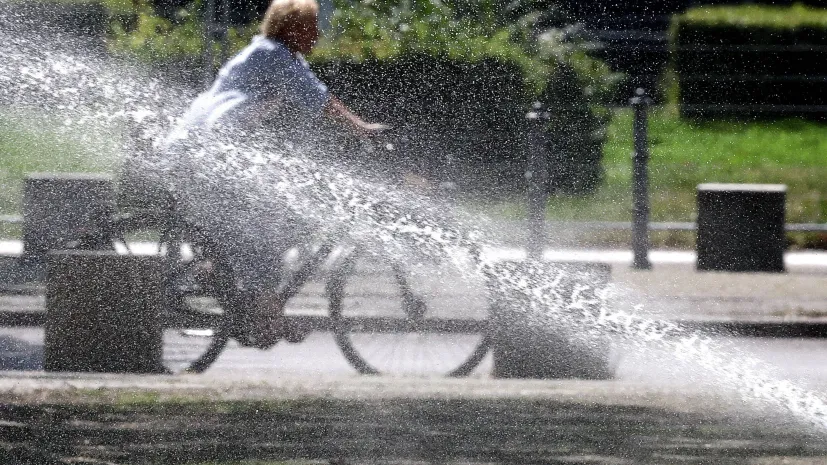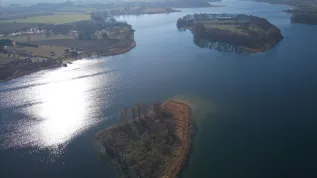-

Lublin/ Scientists from UMCS developed new method for recovering rare earth elements
Scientists from the Maria Curie-Skłodowska University in Lublin have developed a new method for recovering rare earth elements from nickel-metal hydride batteries. These elements, used in the production of electric cars and laptops, among other things, are crucial for the development of modern industry.
-
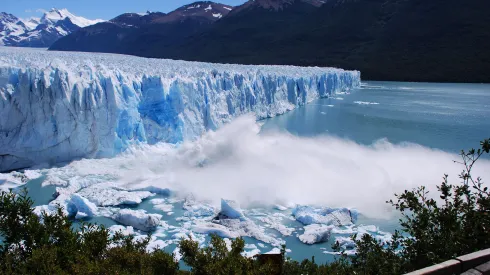
Study: When ice disappears, new coastlines emerge
The rapid retreat of glaciers in the Northern Hemisphere is freeing new coast sections from under the ice. In the years 2000-2020 alone, this process led to the creation of almost 2,500 km of coastline there. Greenland is 'getting' most of the new coastline, report scientists from an international team, including Polish researchers.
-
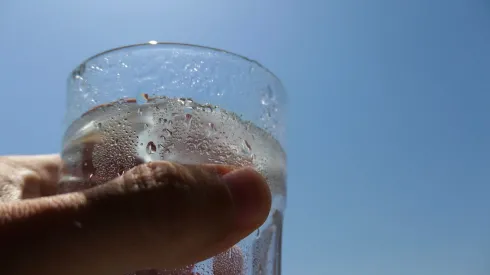
Precipitation to glass: It takes water days to thousands of years to make this 'journey'
From several days to even hundreds and thousands of years - this is how long it takes for water precipitation that fell on the Earth's surface to reach the groundwater level, where over 70 percent of drinking water in Poland comes from, says hydrogeologist Małgorzata Woźnicka, PhD.
-
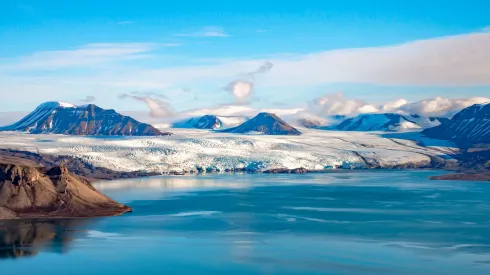
Norway/ Experts: Polish scientists have special role in Arctic research
Experts in Svalbard have no doubt that climate changes in the Arctic are drastic. This is confirmed by the results from dozens of scientific stations. The Polish contribution to Svalbard research is considered invaluable.
-
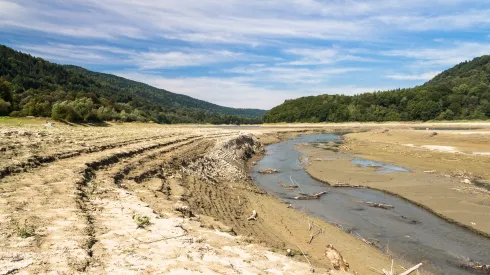
Climate scientist: 2024 was record-breakingly warm, but this record will probably be broken soon
2024 was a record-breakingly warm year, but everything indicates that this record will be broken soon, says Bogdan Chojnicki, PhD, a professor and climate scientist from the Poznań University of Life Sciences. In his opinion, the increase in average temperatures will cause a serious drought in Poland within a few years.
-
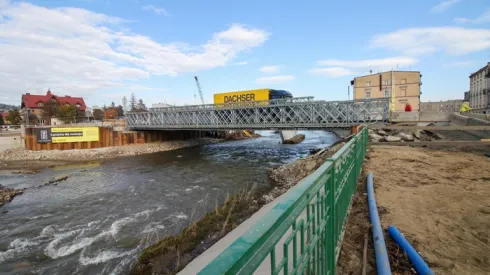
Ecohydrologist: 2024 is another year that showing that violent weather phenomena are our new reality
Flood in southern Poland, numerous local floods with simultaneous hydrological drought and record low levels of rivers including the Vistula. The phenomena we encountered in 2024 are a new reality that we must prepare for also in Poland, says ecohydrologist Sebastian Szklarek, PhD.
-
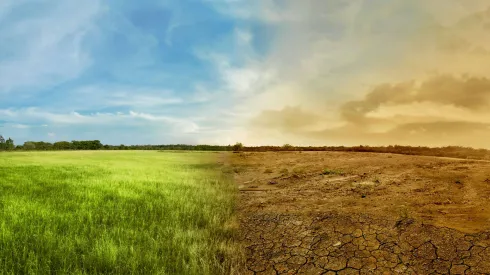
Fewer Poles concerned about climate change, survey finds
The number of Poles who consider climate change a serious problem has fallen by 7 percentage points year-over-year, a new survey has found.
-
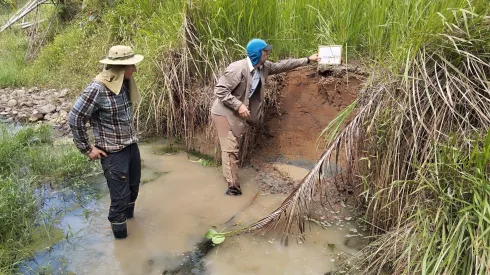
Polish scientists investigate traces of past Tsunamis to prepare for future threats
Polish researchers are digging into the history of past tsunamis on the western coast of Sumatra, aiming to better understand the region’s natural disaster risk and help local communities prepare for future waves.
-
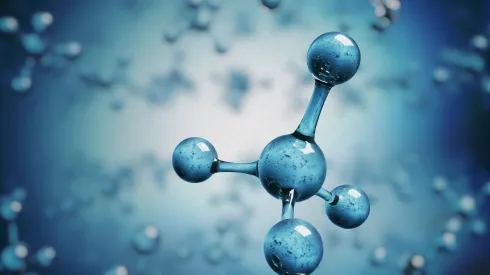
Sunny way to convert 'trivial' methane into more valuable ethane
Methane, the main component of natural gas, is a major environmental concern due to its role as a potent greenhouse gas.

